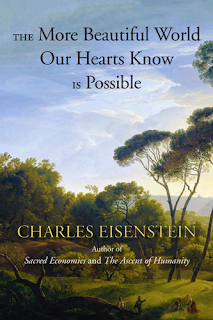On the Face of It
In human experience, the face is critical. In each of our brains a vast proportion of clustered neurons is devoted to facial recognition. Those with conditions in which this ability is compromised suffer, as do all who lose what the rest of us take for granted. In language, we enshrine the facial image with significance. If we fail to maintain our social standing, we speak of ‘losing face’. When we do not wish to comply, we ‘fly in the face of’ whatever we choose to challenge. But we recognise its superficiality, perhaps, when we ‘put on a brave face’ or assess a situation ‘on the face of it’.
And we possess so many faces. Freeze one frame per second of a minute’s footage and you’ll see some portion of the parade.
Joy is radiant, clear, open as an ocean in satellite view. Anxiety’s a clench, a knot work of furrow; taut, twisted and strained. Grief ups the ante, filling anxiety’s template with pale skin tones, red edged eyes and a darkened swell below. Confusion contorts the eyebrows, engenders rippling creases and slightly parts the lips. Love is a softening glaze, lost eyes, the face of a question.
We’ve all looked at photos of ourselves and regretted their existence, perhaps admitting that there is something about them that we do not recognise. Or do not wish to recognise. We want what we think we see in the mirror, but more often than not, that’s just our looking-in-the-mirror face that no-one sees but us. We want what we want, but here on the screen or in the print are strangers, canny devils who have stolen our clothes and approximated our features. They look back at us and laugh.
Some faces can close and hide, in poker poses of utmost self-control. For as long as the situation requires, those faces resist change. When freed of the need, do they burst into paroxysms of gurning? Others cannot hide. We say what they feel is ‘written all over their face’, a graffiti of anguish, a scroll of pleasure or a document of despair. Faces change. Sooner or later, all faces change.
Look at those you encounter as you clamber through another day. Watch them for long enough and they do not stay the same. Light and shadow play games of chance with them. Muscles tense and relax. Flesh re-arranges around them. The old for moments look young. The young for moments look old. Everyone has a repertoire. Beauty has an ugly look. Disfigurement’s exquisite in its originality.
Perhaps this is an indication that the face is not so superficial – that the soul or the psyche of the person possessing the face can influence its features. If those with what we define as ‘beauty’ also have a hardness and a harshness within, does this harden and harshen the face with its habitual expression? Similarly, if there is beauty where many see the lack of it, maybe inner beauty can shine through – beauty of thought and intention, of compassion.
When I was young, I thought that age brought only decay. Now I’m here, that’s not so clear. It’s so with some, that can’t be denied, but others find a fine sort of form that in youth was denied them, a grace they never knew before. A gauntness or conversely a thickening of flesh can enhance a face that once, perhaps, lacked character. (Compared to such a process, plastic surgery seems a crude tool, botox the bluntest of instruments.)
Change can also bring loss. The face of the child, for example, does not always survive into the face of the adult. A woman I know spoke of her three sons: in two she can still see the child face; in the third, she says, changes at puberty were so drastic she can never again find the features she knew before.
But maybe still, despite any losses, the repertoire tends to build. We store more faces with time. At least until time brings that parade to an end, and our one final face is composed.

